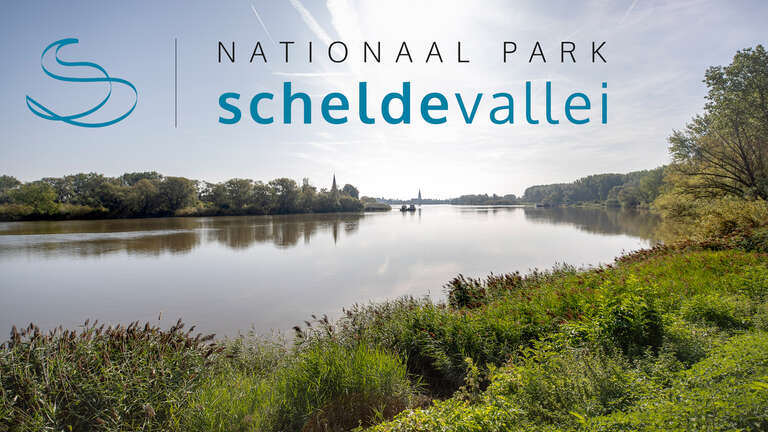On July 6th Groot Schoor in Hamme was depoldered, giving the Scheldt river some much needed breathing space. This marks the first of the Sigma Plan projects supported by LIFE Sparc to be implemented, though not exactly completed. Over the coming years the area will continue to develop into freshwater mud flats and marshes, providing flood protection along with many ecological benefits to the region.
Groot Schoor forms a dual nature reserve with neighbouring Wal-Zwijn, each with its own role to play in the region’s water management. Together they provide added protection against the effects of climate change. By 2025 Wal-Zwijn will be converted into a flood control area with reduced tides, able to store large amounts of water in times of need. Groot Schoor on the other hand, provides the river Scheldt with more room to flow, absorbing some of the force of the tides or storm surges before they reach the levees.
Mangroves in Flanders
For this purpose, Groot Schoor was depoldered, which means the old levee separating it from the Scheldt was intentionally breached in two places. This allows the river to freely flow in and out of the area to the rhythm of the tides. A very rare and valuable form of nature will develop here, as the lowest parts turn into freshwater mud flats, while the higher ground will evolve into marsh land. Over time the process will even give rise to tidal willow forests, the European equivalent of mangroves. As the Scheldt moves in and out of the depoldered area, it will become enriched with oxygen and minerals crucial to the aquatic ecosystem. At the same time, Groot Schoor will act as a giant filter for the river and a breeding and feeding ground for all kinds of birds, insects and other creatures.
Strong ring levee
In order to keep the Scheldt from flowing beyond the depoldering and to protect the areas further inland from flooding, a strong ring levee was built around Groot Schoor. This required the use of 600.000 m³ of sand and soil. To minimise the impact on the environment and the local inhabitants this material was repurposed from excavations in the area, dredged from the river or otherwise brought in by inland shipping.
With the completion of this first part of the project at Hamme, the ring levee is now open to walkers and cyclists. So you are cordially invited to come and witness some of the most peculiar and spectacular forms of nature flourish once again along the banks of the Scheldt.




